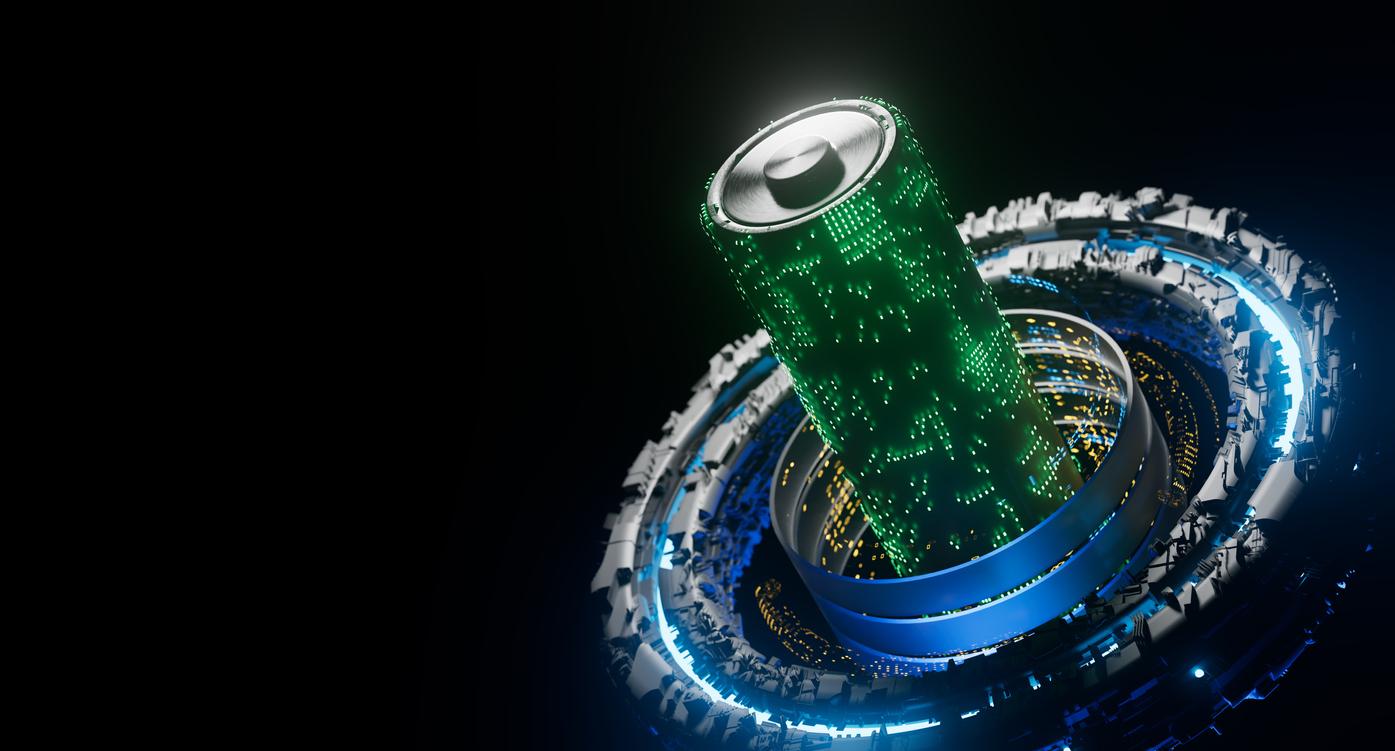There's currently a heavy focus on the implications of the Inflation Reduction Act (IRA) to the EV transition and the importance of building out robust supply chains. Today, Katie Shuter, Climate Change and Sustainability Analyst with the BMO Climate Institute, is joined by Nathan Niese, BCG Global Lead for Electric Vehicles, to discuss this evolving topic.
In this episode:
How, of the nearly $480 billion in new climate and energy spending recently approved, roughly $40 billion is earmarked for transportation.
Why the impacts of the IRA will likely be felt in the latter half of this decade
Sustainability Leaders podcast is live on all major channels including Apple and Spotify
